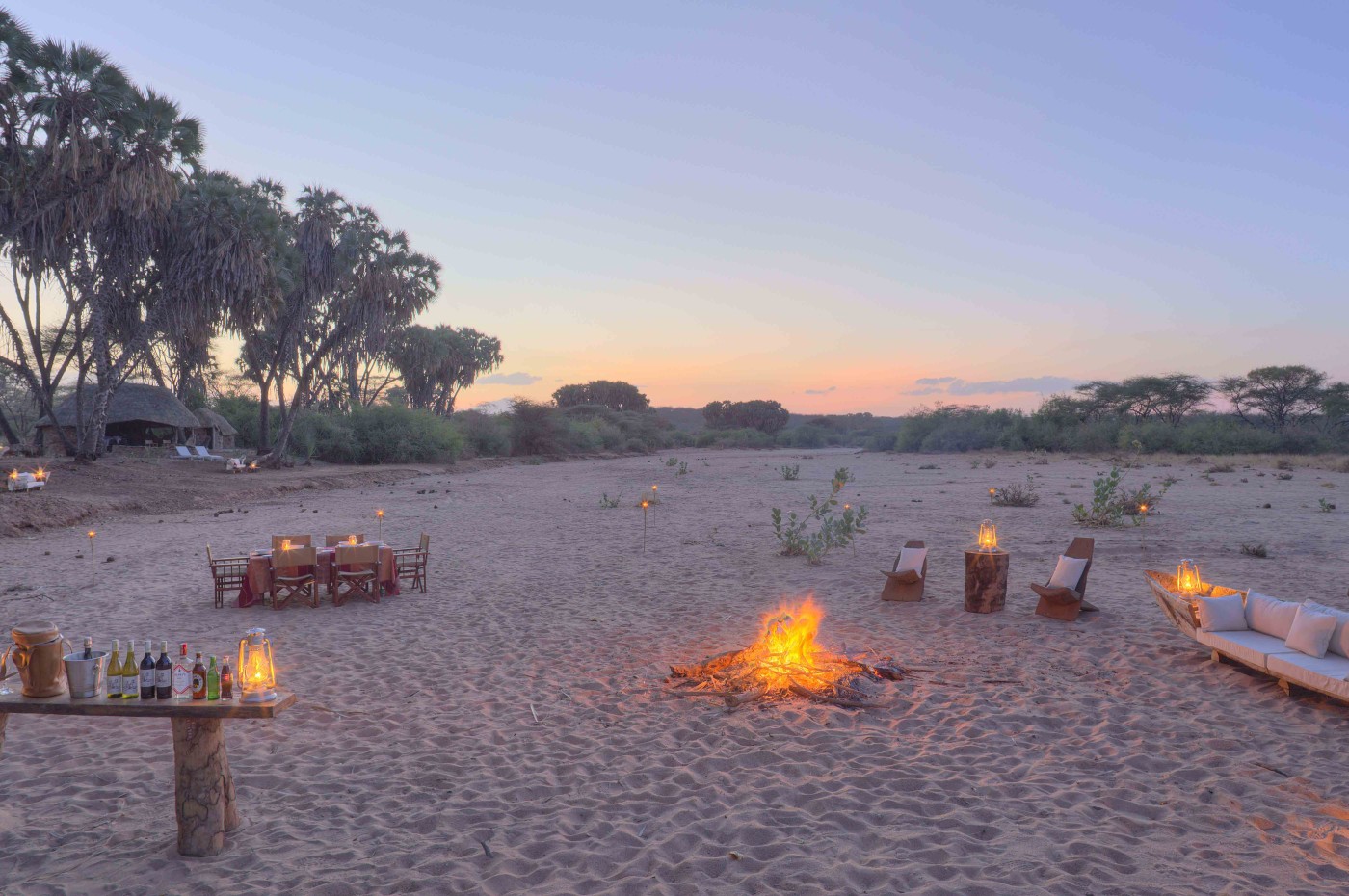
Saruni Rhino, Samburu
Experience Africa's most successful rhinoceros rehabilitation from an intimate bush camp
Saruni Rhino opened in February 2017 as the only camp in the vast Sera Conservancy in Samburu, northern Kenya. Here, in the middle of the wilderness, is the only place on planet Earth where you can track the critically endangered black rhino on foot.
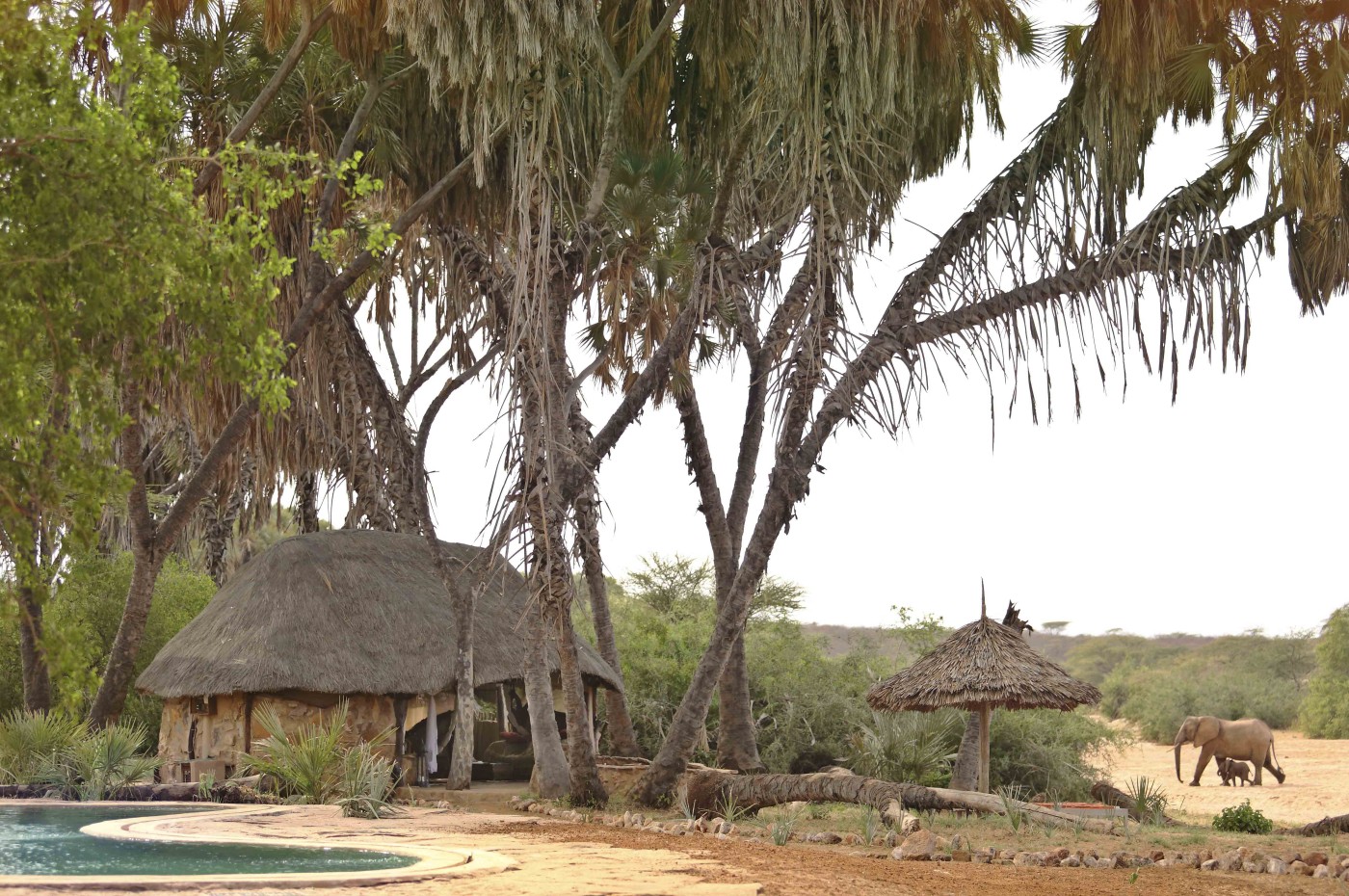
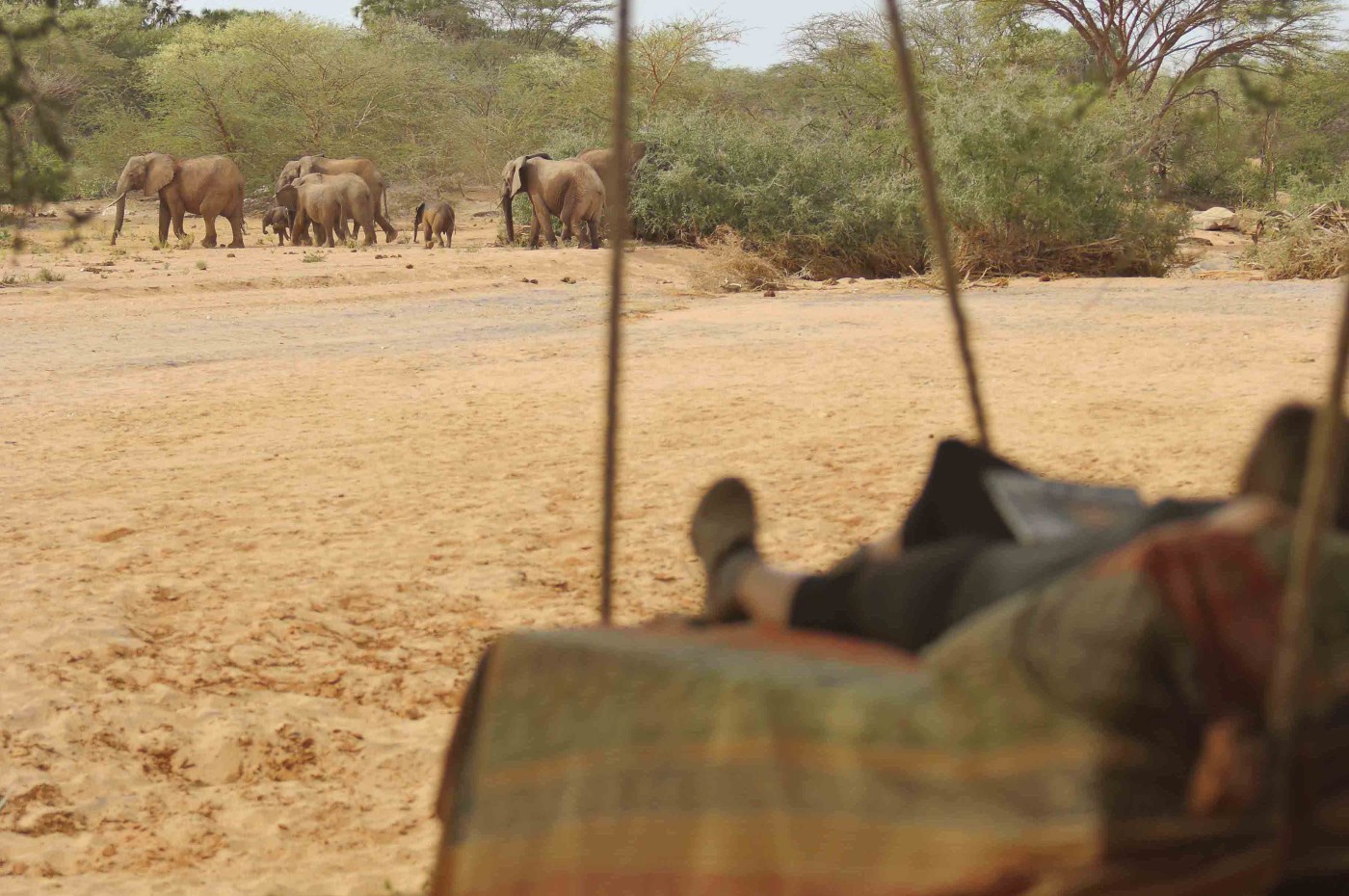
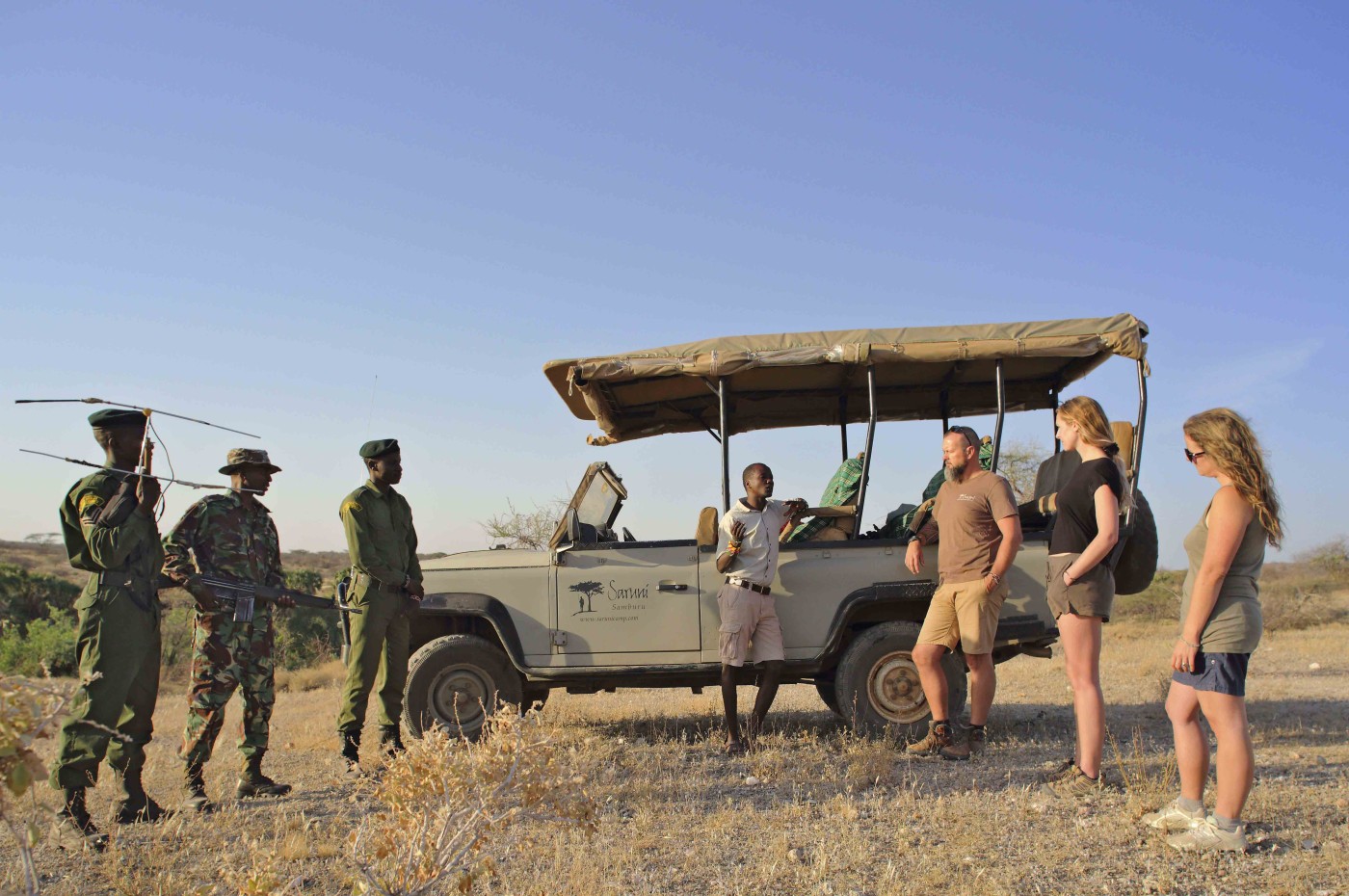
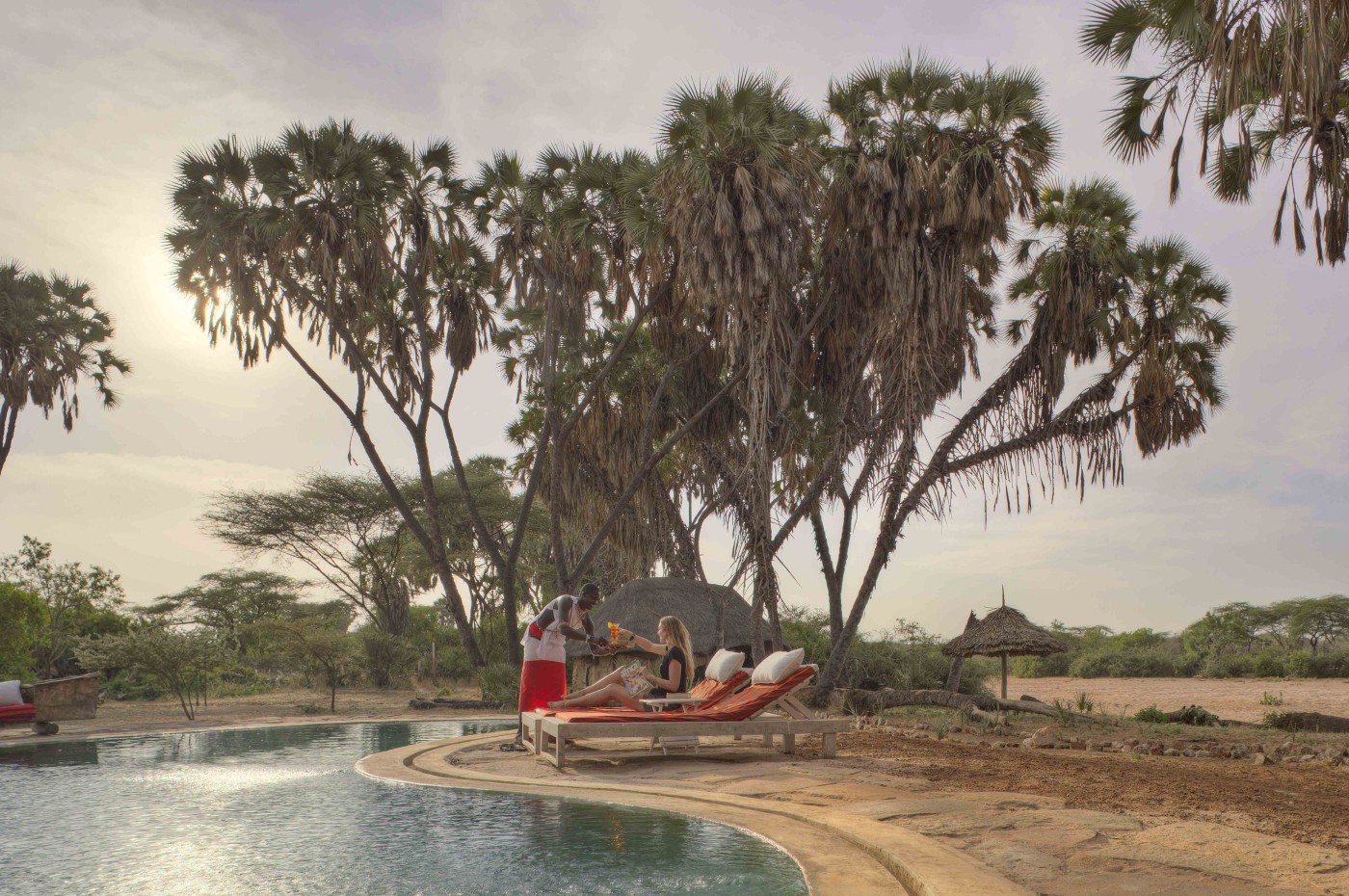
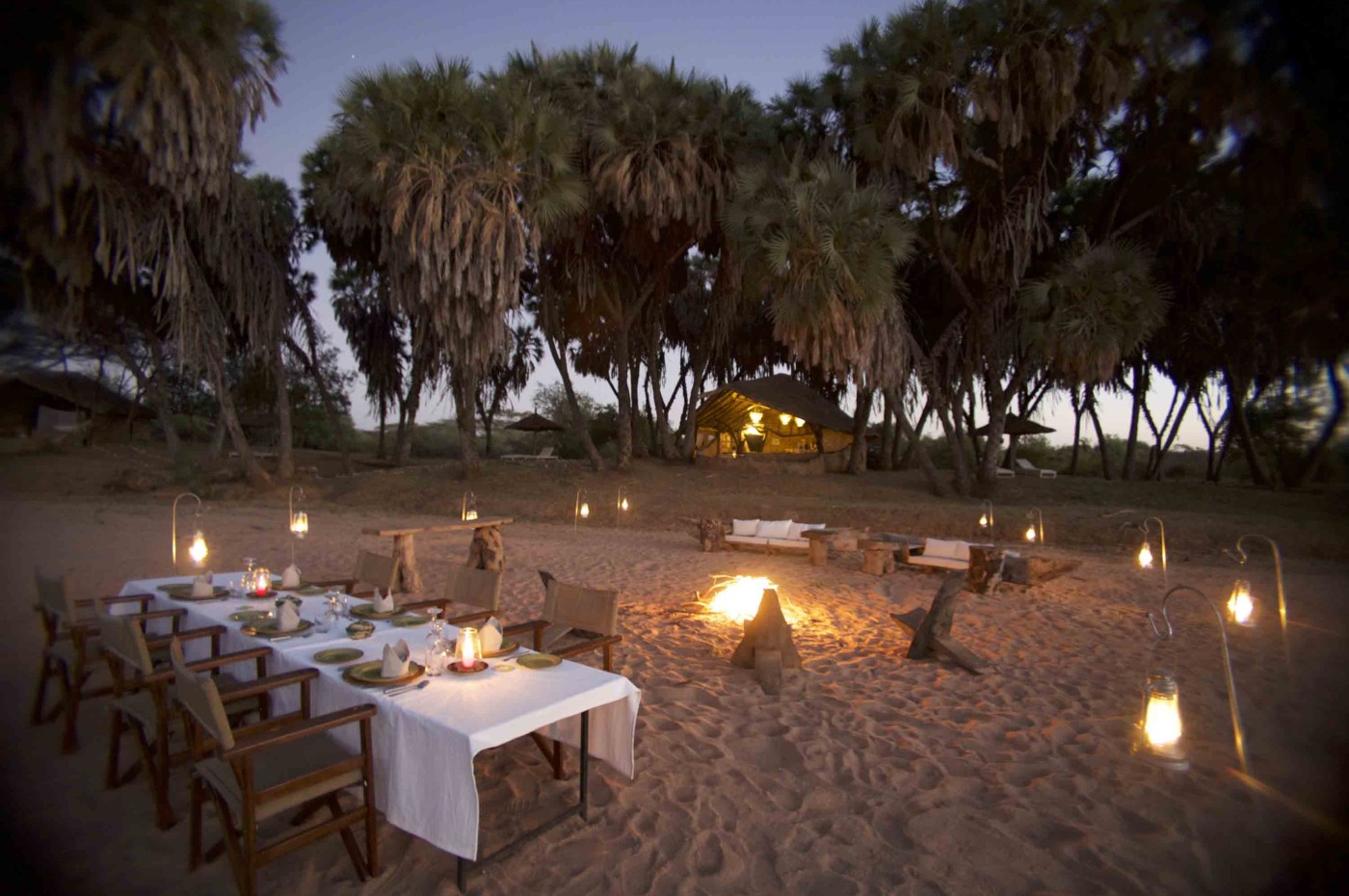
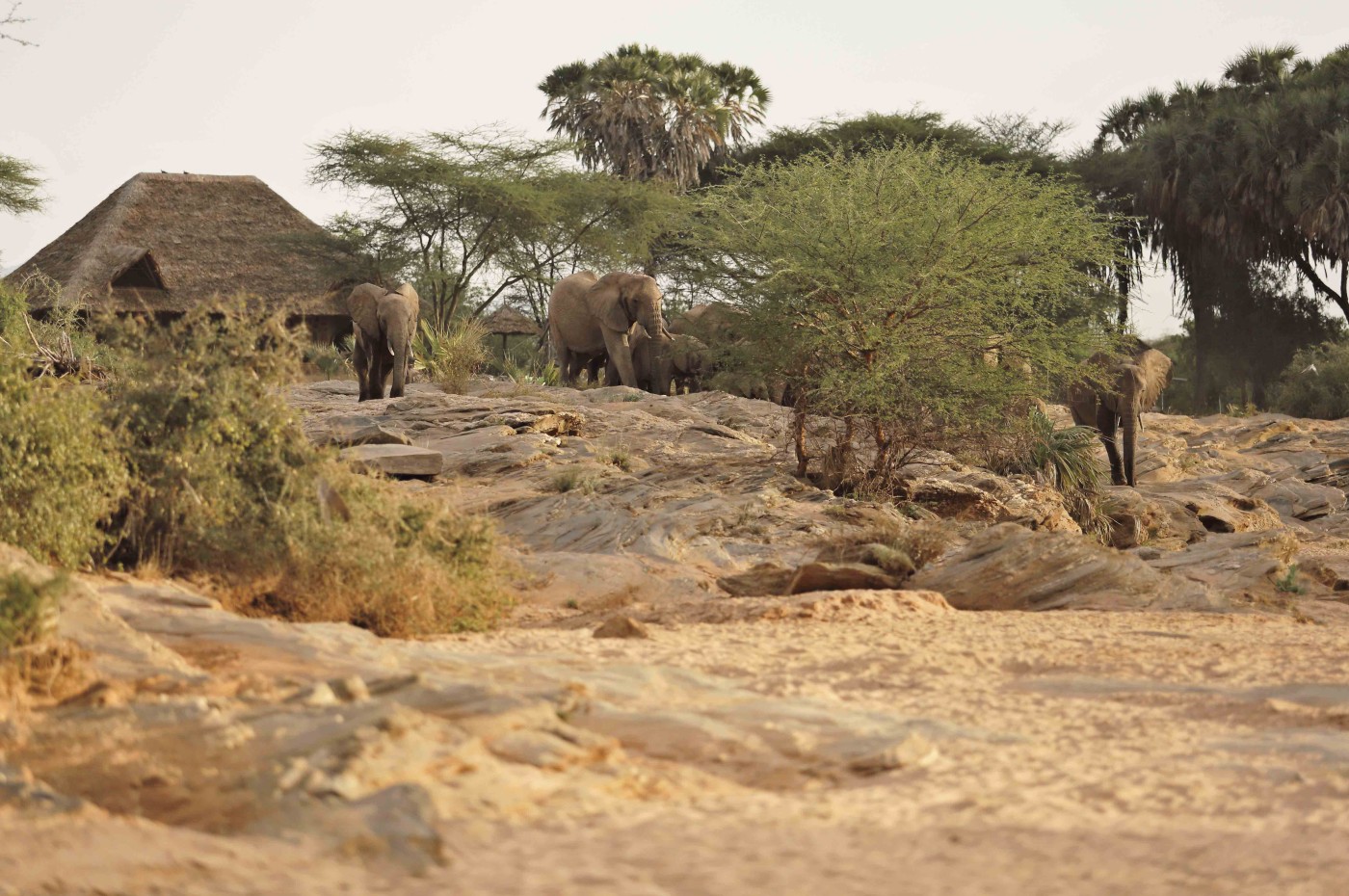
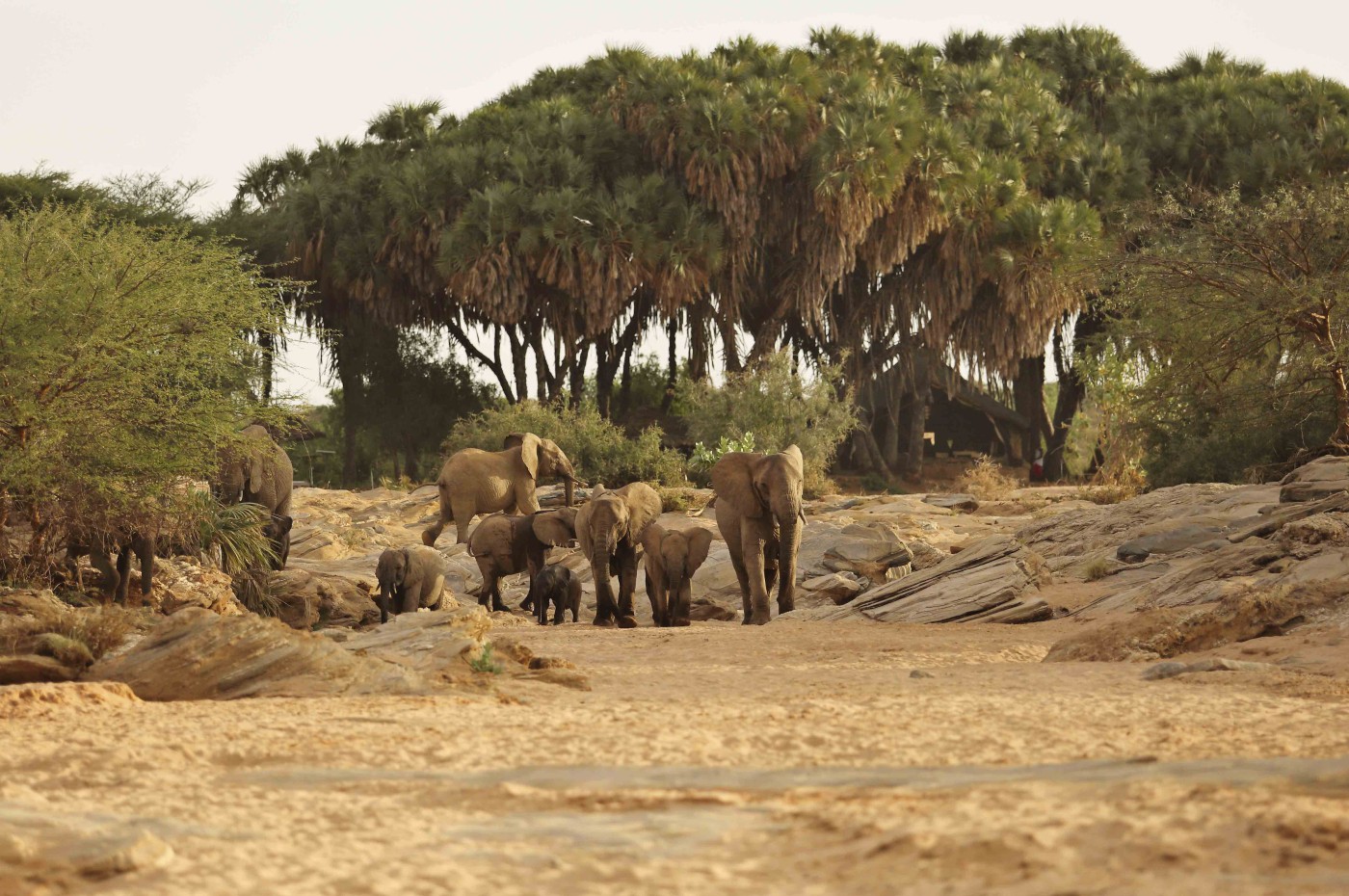
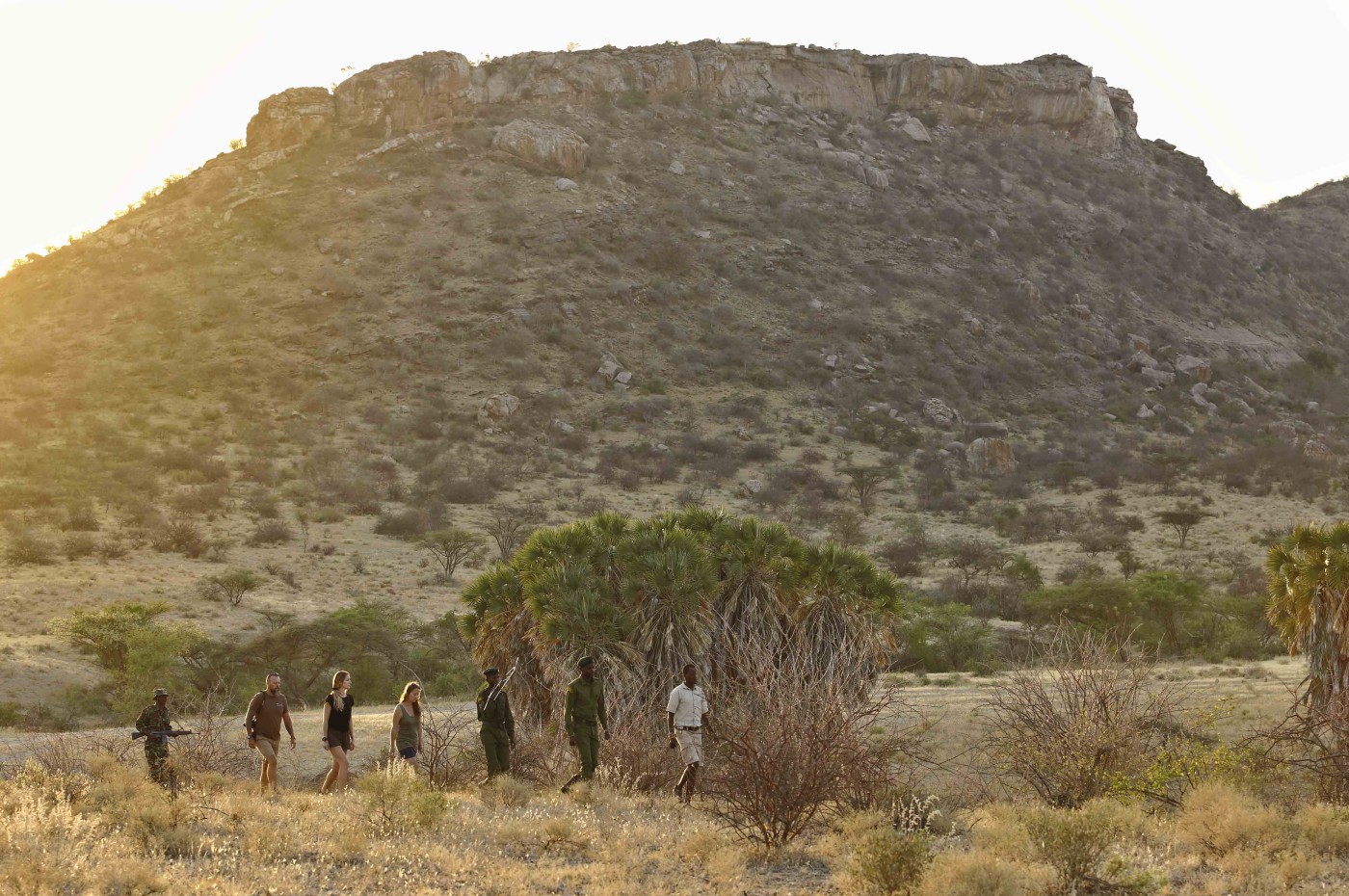
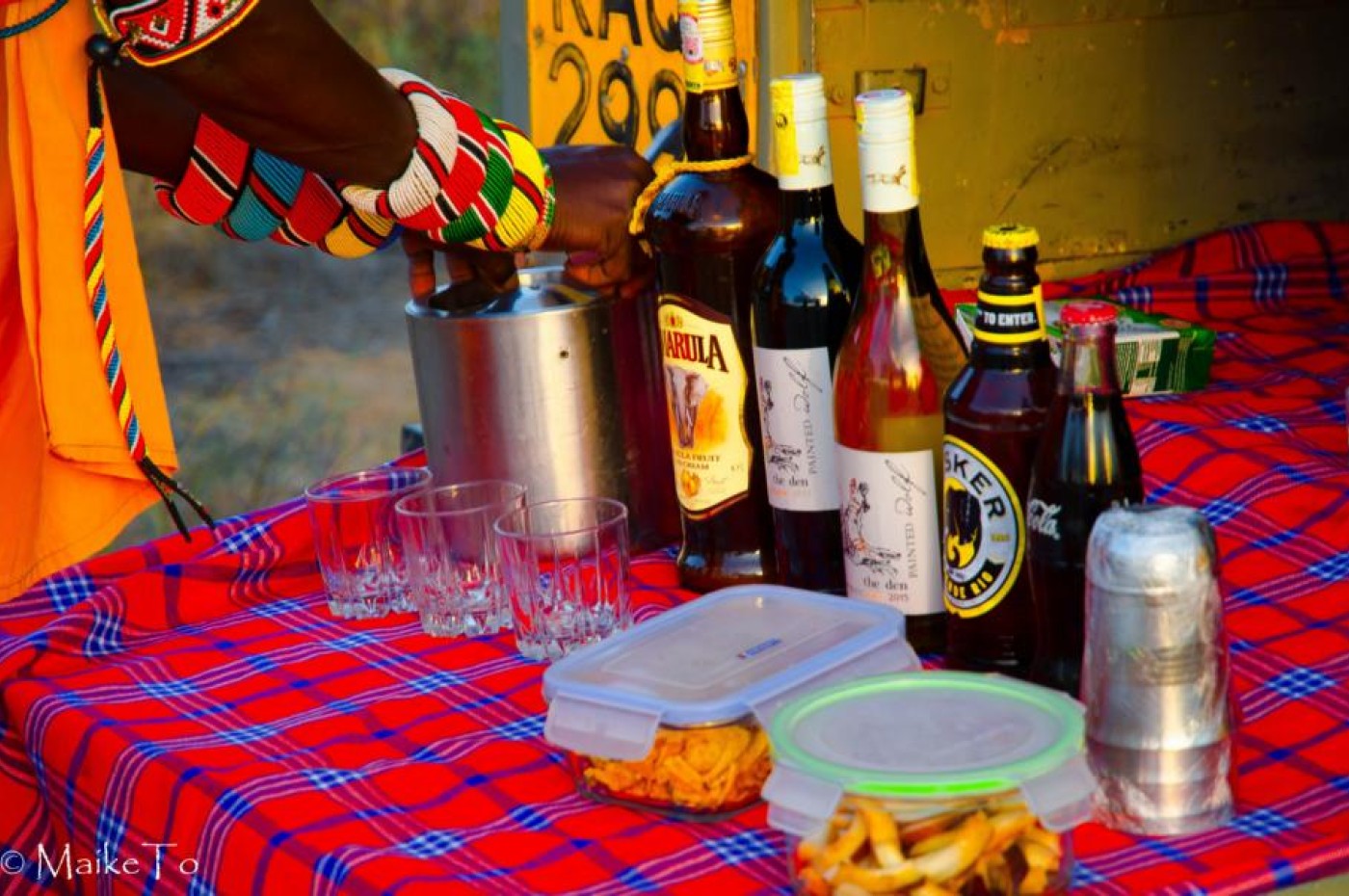
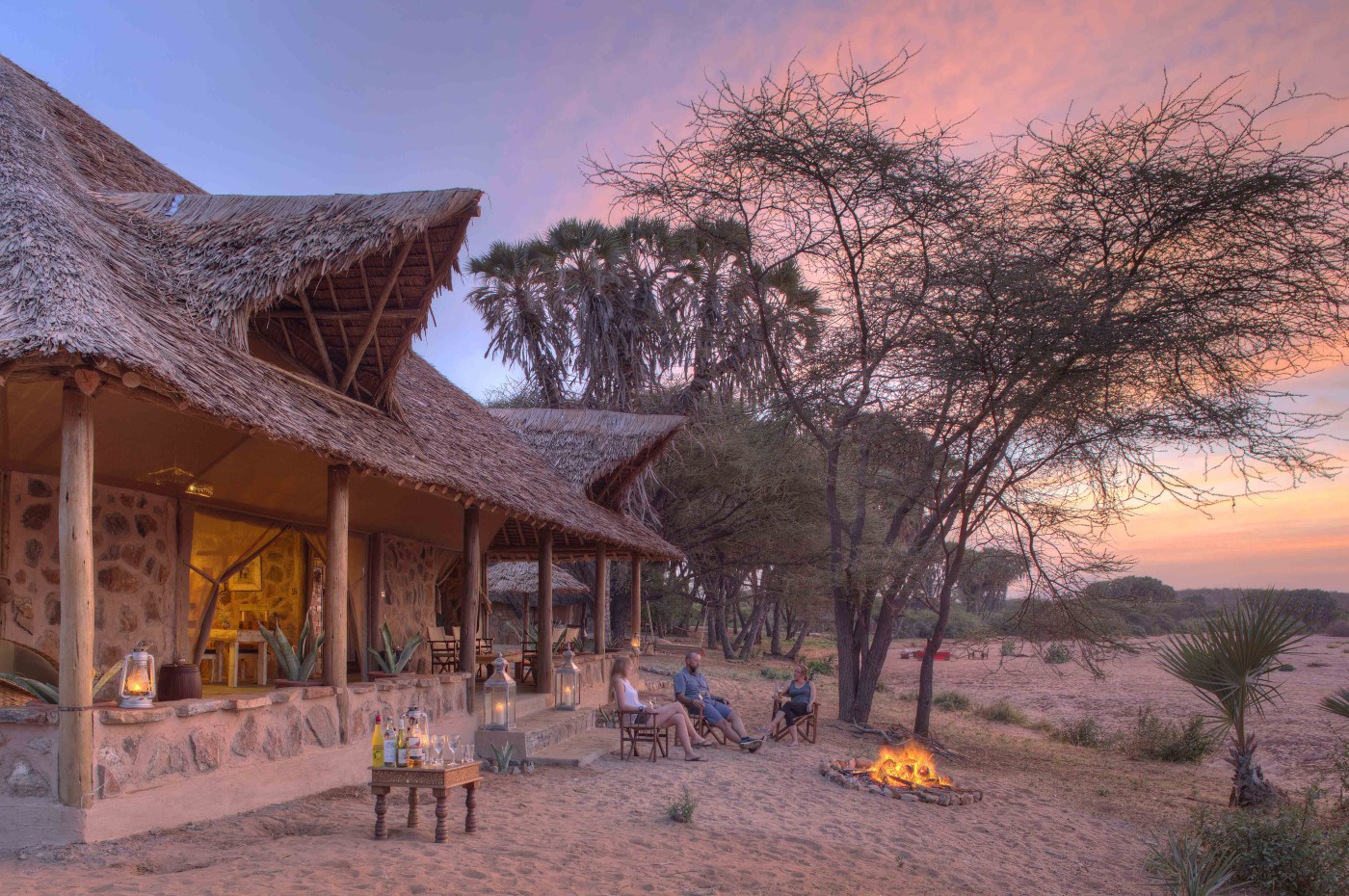
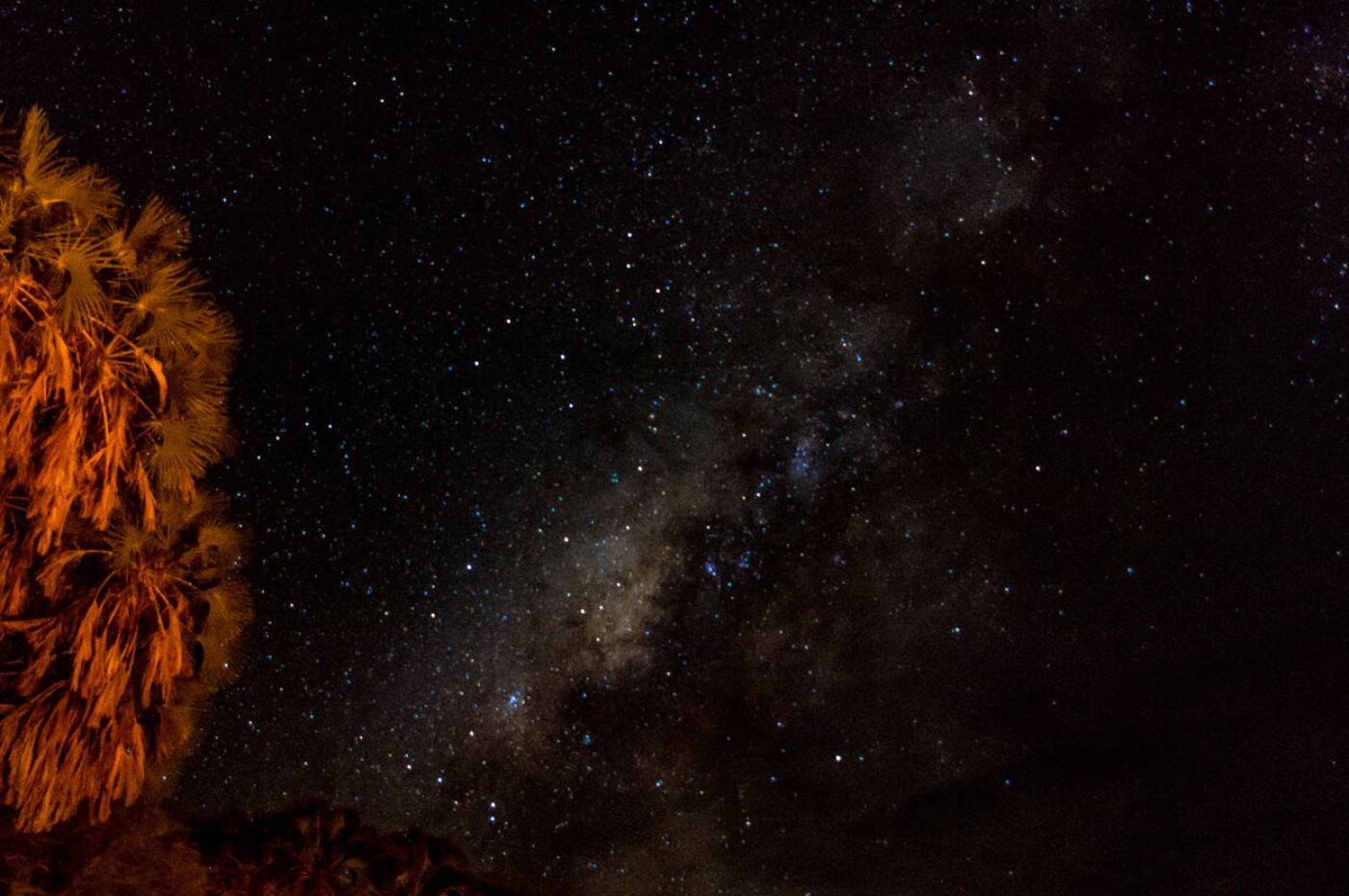
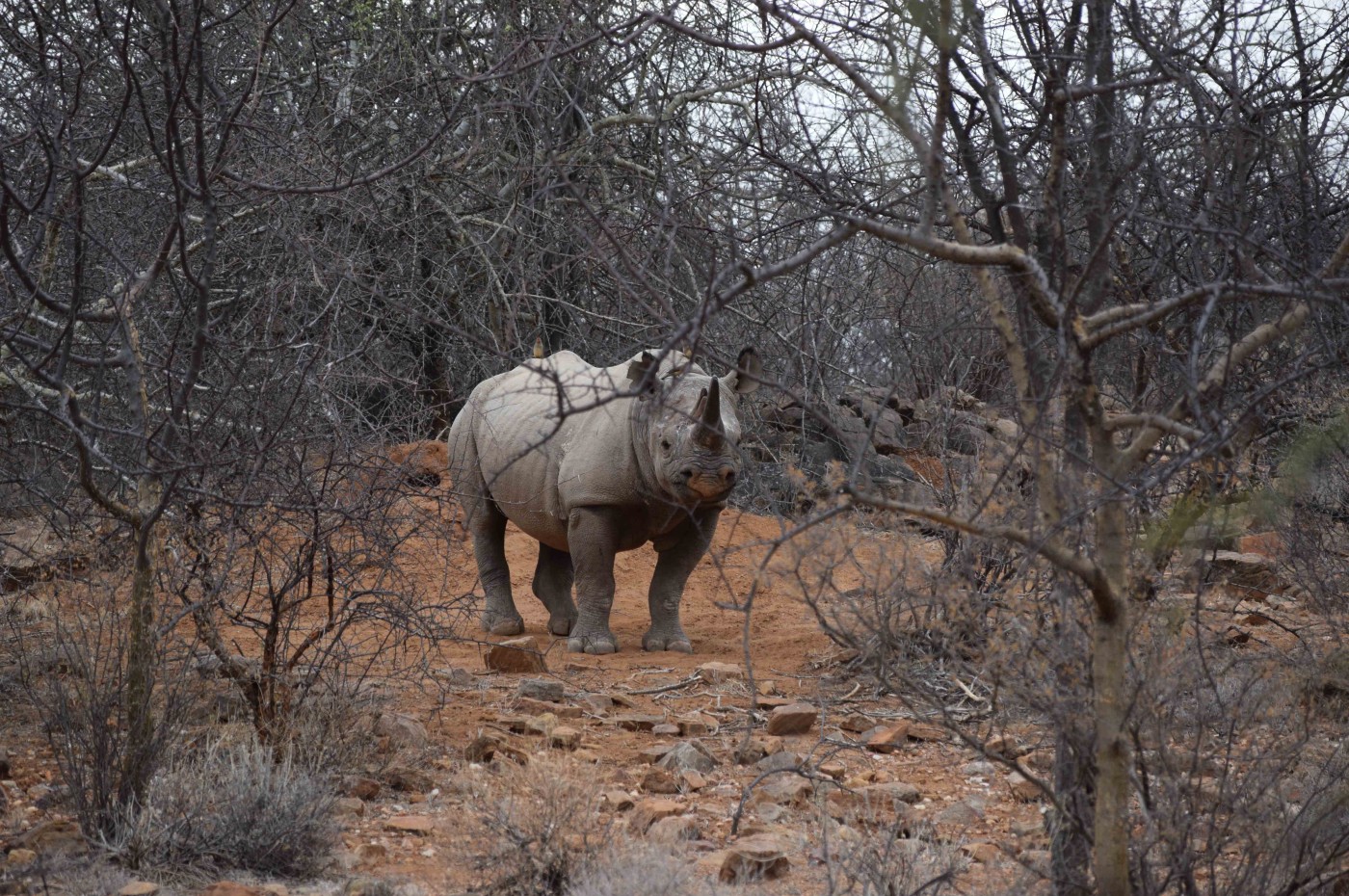
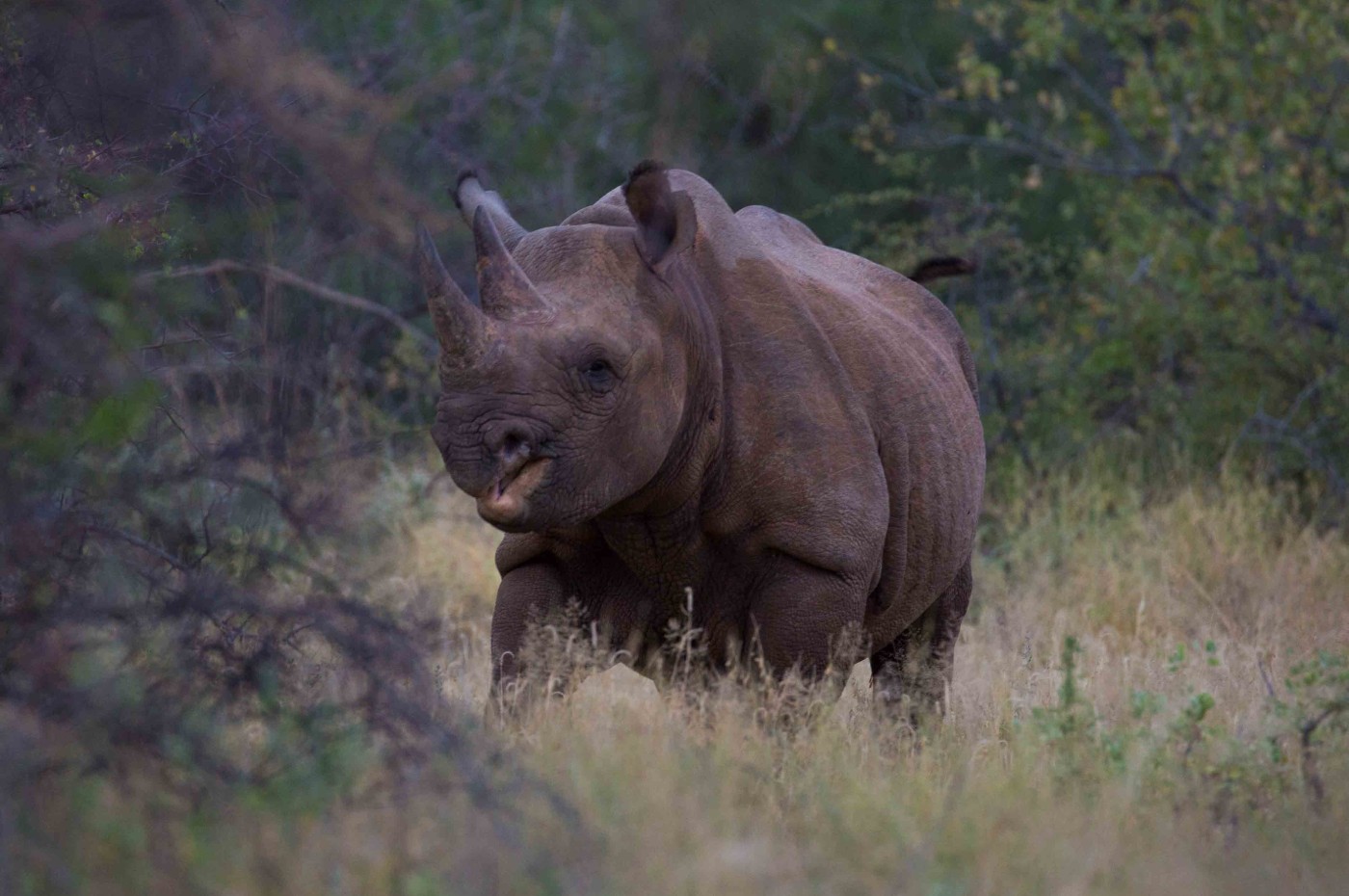

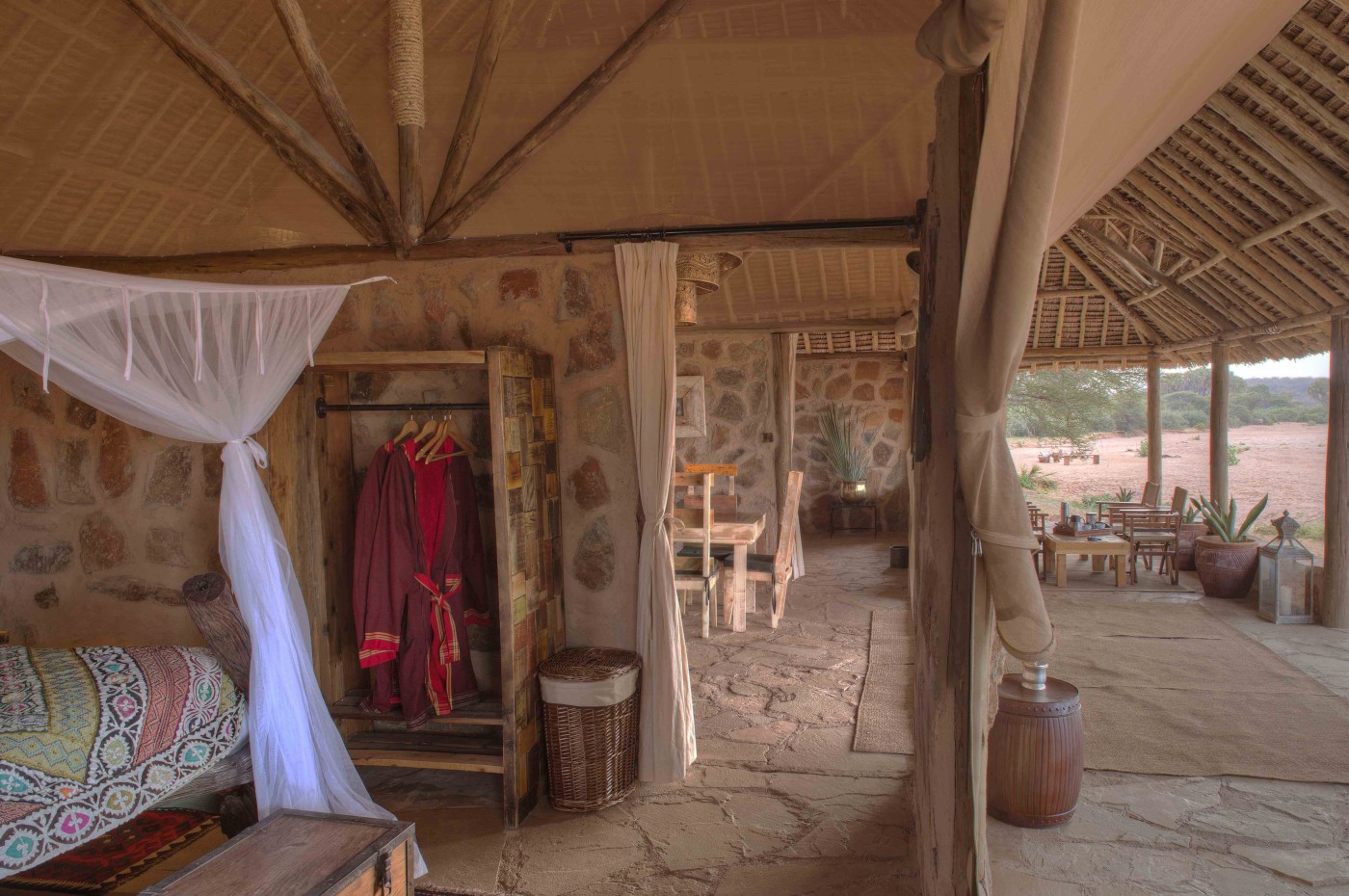
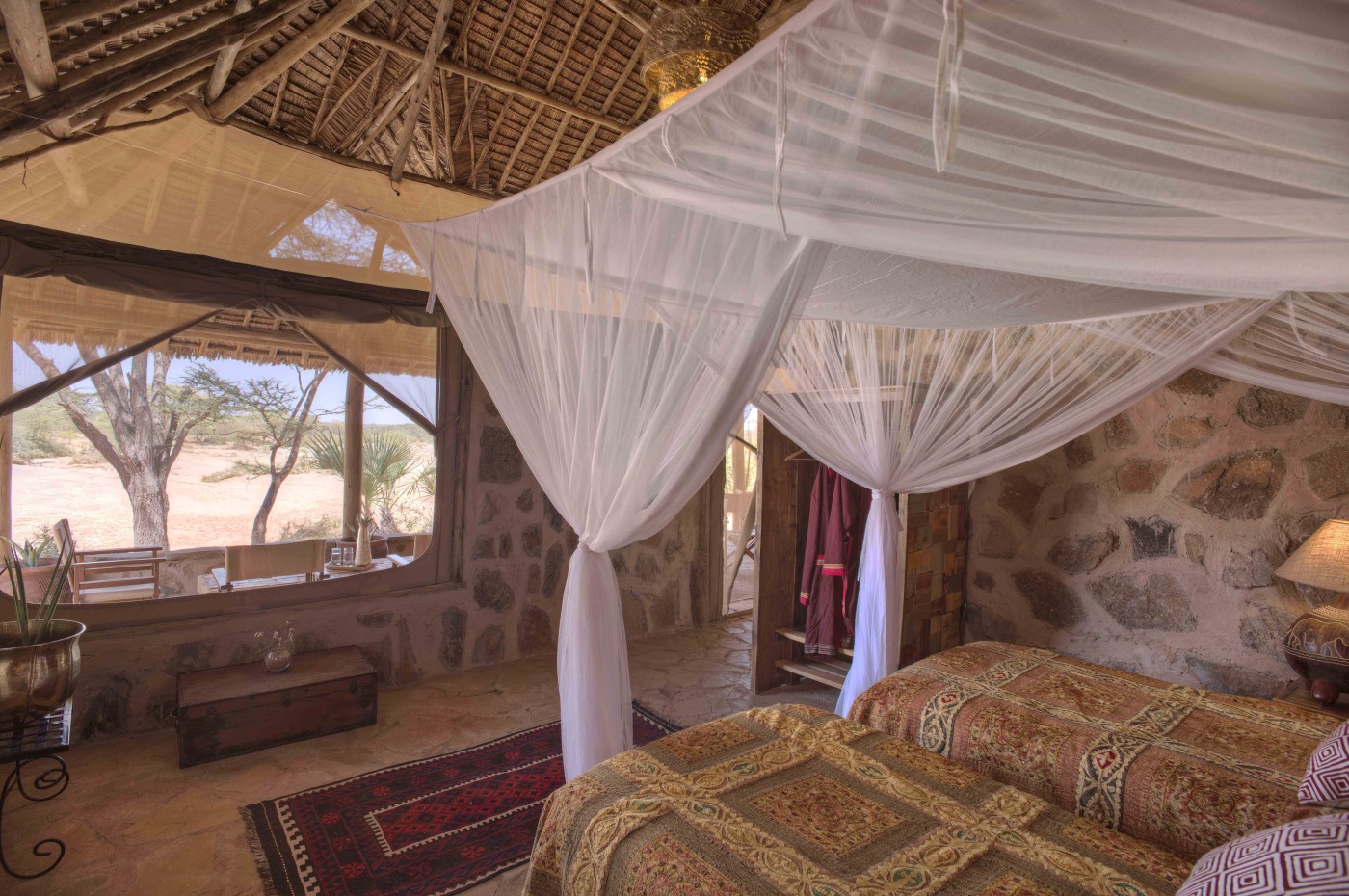
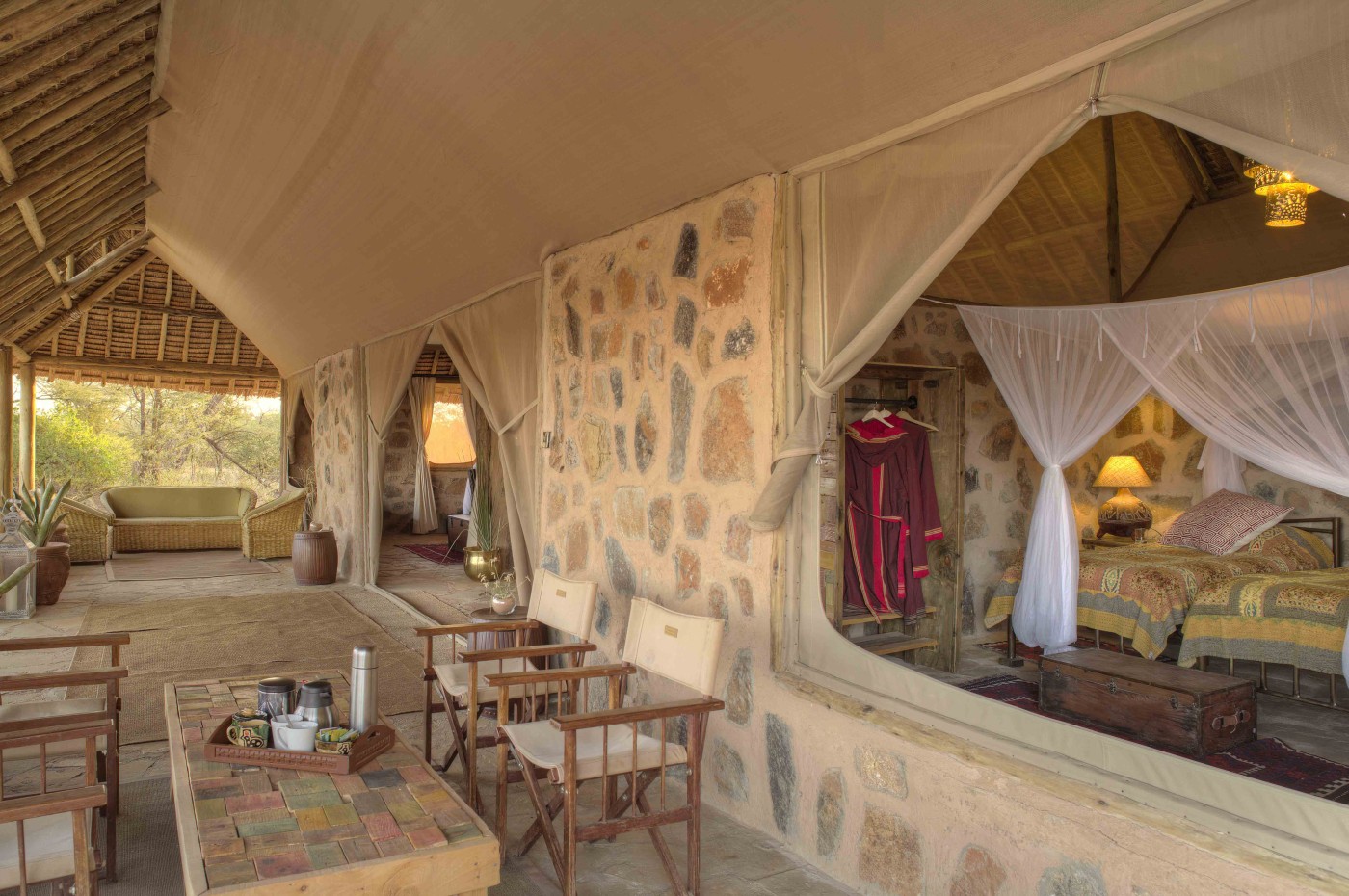
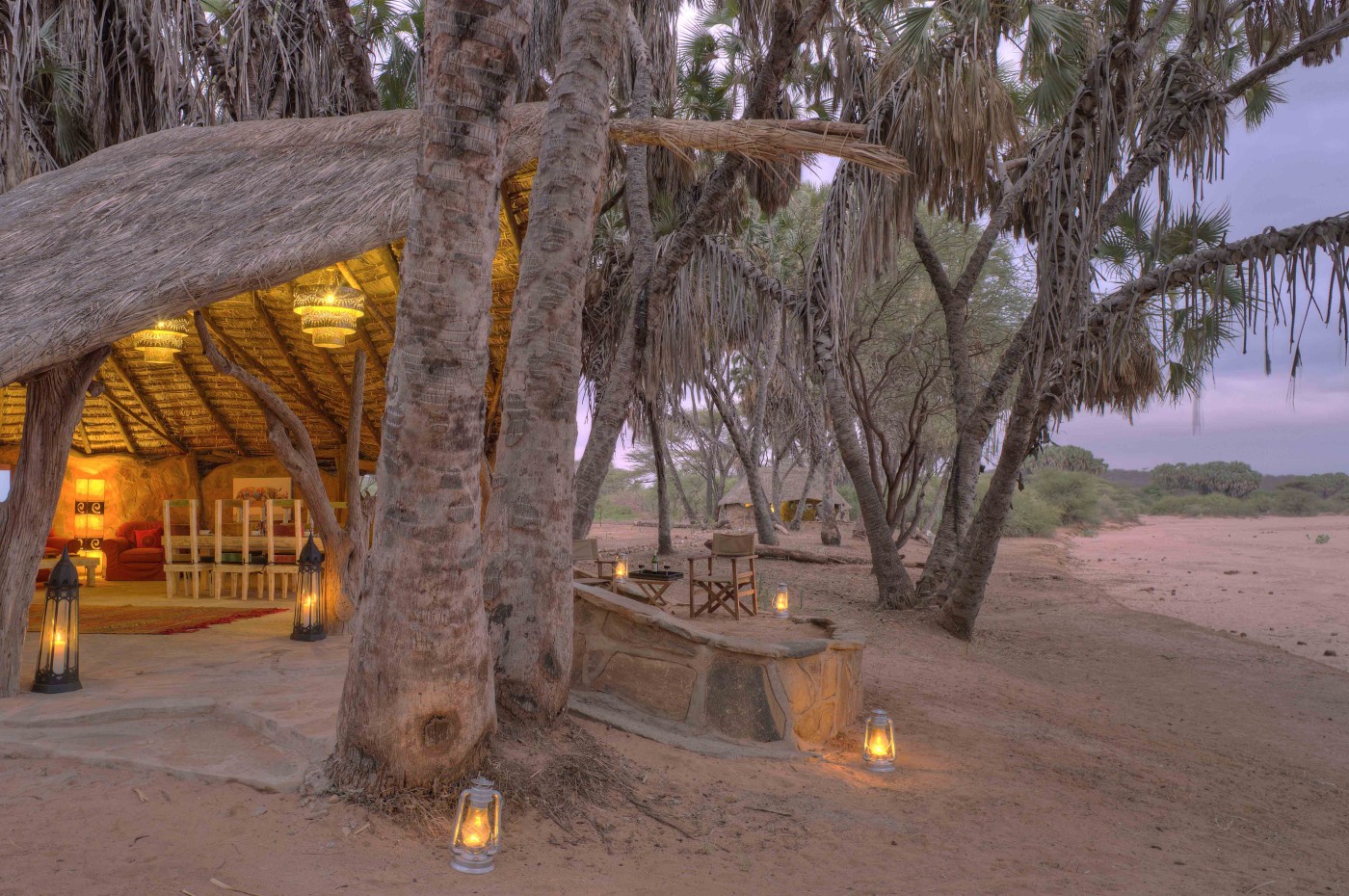
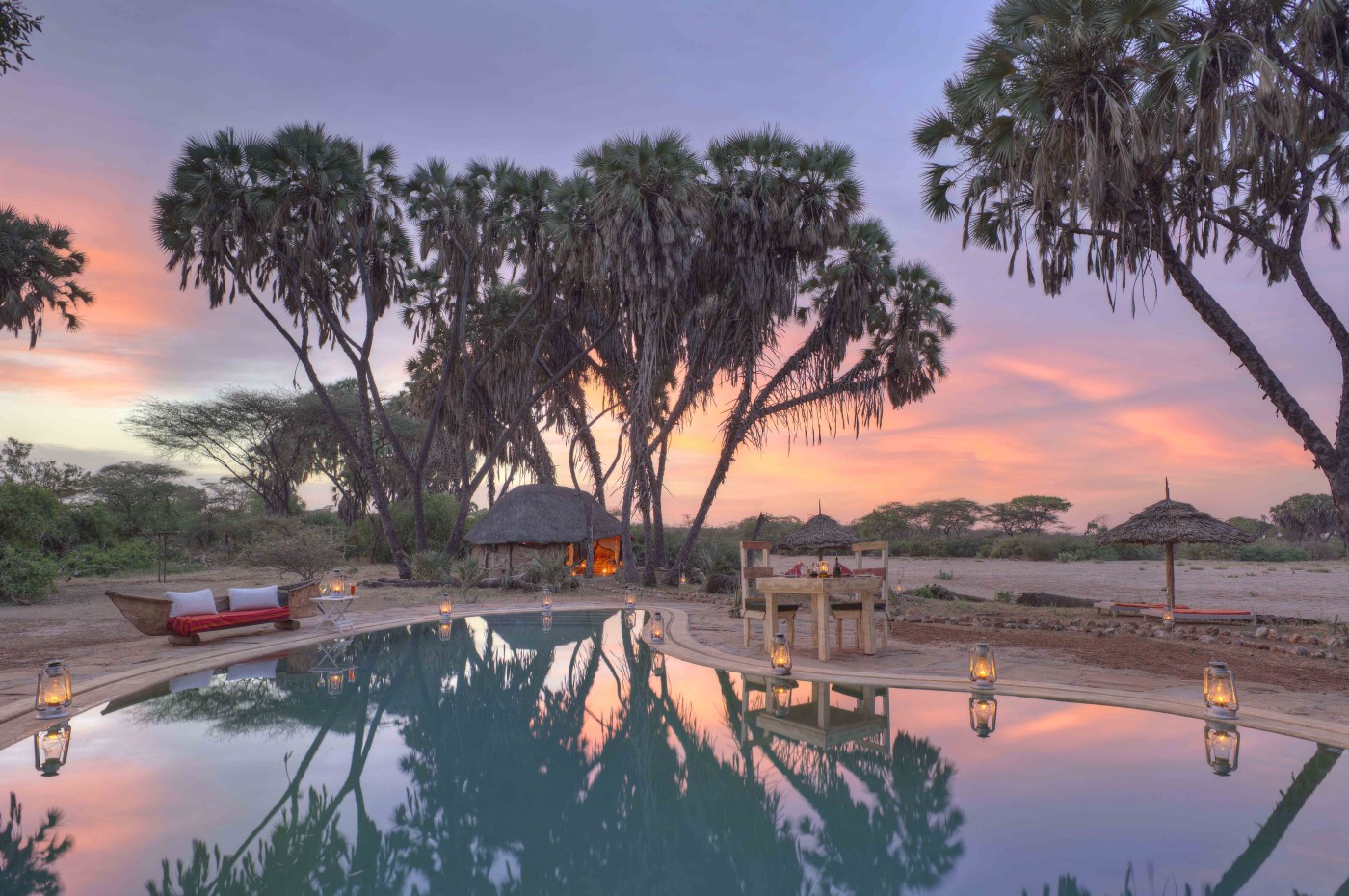
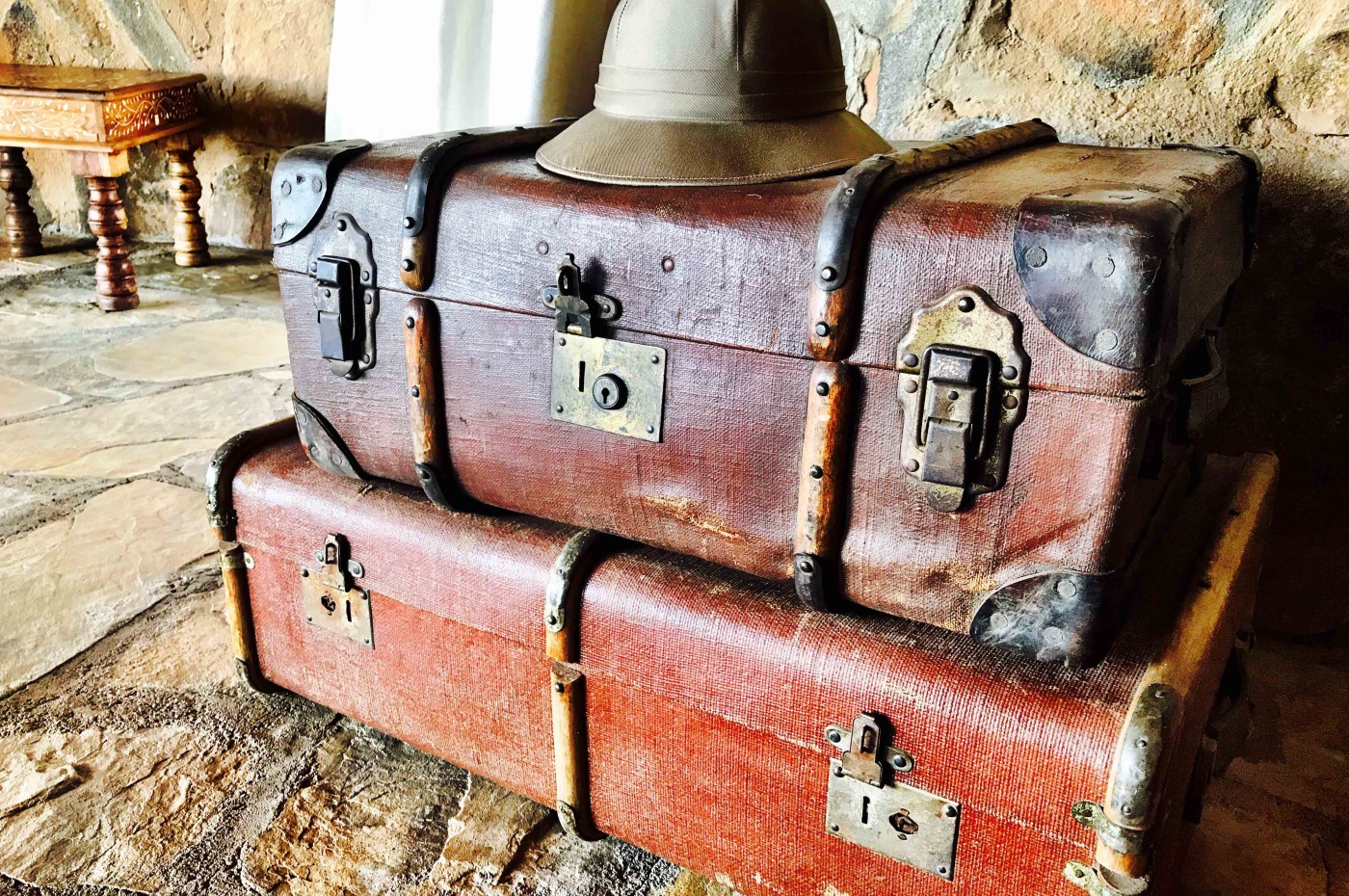
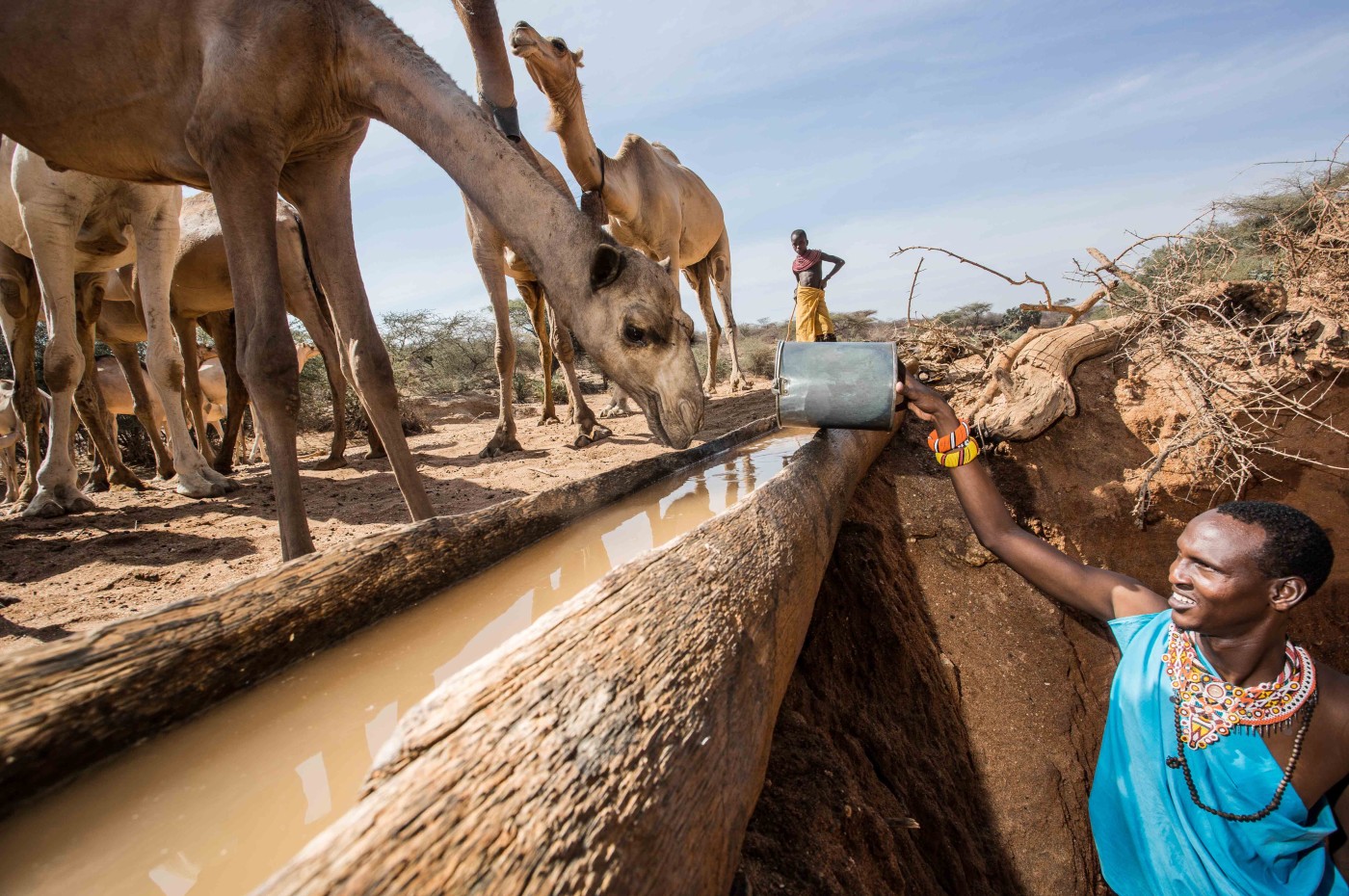
Spotting rhinos is the main objective for most visitors to Sera Wildlife, but Saruni Rhino is a wonderful destination in itself. It is a fantastic small bush camp situated in a dried-up riverbed, and elephants, zebras, and other animals frequently visit the nearby waterhole to quench their thirst.
Saruni Rhino has only three cottages, one of which is large enough for families who are warmly welcomed. However, the minimum age for rhino tracking is 16 years old for safety reasons. A semi-open cottage serves as a lounge and dining area should it rain, but most activities take place under the open sky - typically with feet planted in the sand of the dried riverbed.
Sun loungers, sofas, hammocks, and, of course, the pool provide front-row seats to the passing wildlife.
Rhino tracking
Rhino tracking is done with an expert guide from the camp and a specially trained and armed ranger. Usually, visitors first locate the rhinos by car and using radio transmitters. Once close enough, the rest of the journey is done on foot.
When not out spotting rhinos, there is an opportunity for regular game drives or perhaps a visit to the baby elephant rehabilitation center, located a few hours' drive away.
While the density of other large animals in Sera Wildlife is not as high as in other areas, it is still possible to see elephants, giraffes, zebras, ostriches, leopards, and wild dogs.
A success
Saruni Rhino is a joint project between the local community, who own and operate Sera Wildlife Conservancy, and Saruni Safaris, led by the passionate and sympathetic owner, Riccardo.
In addition to providing one of the most remote and spectacular wildlife experiences in Africa, it helps finance the entire reserve's operation, including the specially trained rangers who monitor the rhinos' movements and the ranger patrol that protects against poaching.
Responsibility
Sera Wildlife is 350,000 hectares of wild bush inhabited and owned by the local Samburu tribes. The approximately 16,000 people are predominantly semi-nomadic pastoralists who now also coexist with the wildlife.
The private conservancy was established back in 2001 by three rival ethnic groups from the area. They joined forces to protect and preserve their land, which had been subjected to massive poaching for years.
In 2015, the Sera Rhino Sanctuary was established in a part of the protected area, and at the same time, ten of the critically endangered black rhinos were secretly released. They have now multiplied, with the number reaching 17 in 2021.
It is one of the most successful stories of black rhino reintroduction, which had otherwise been extinct in the area for over 40 years. It is also an important example of how you can make an enormous difference by using your travel funds wisely.